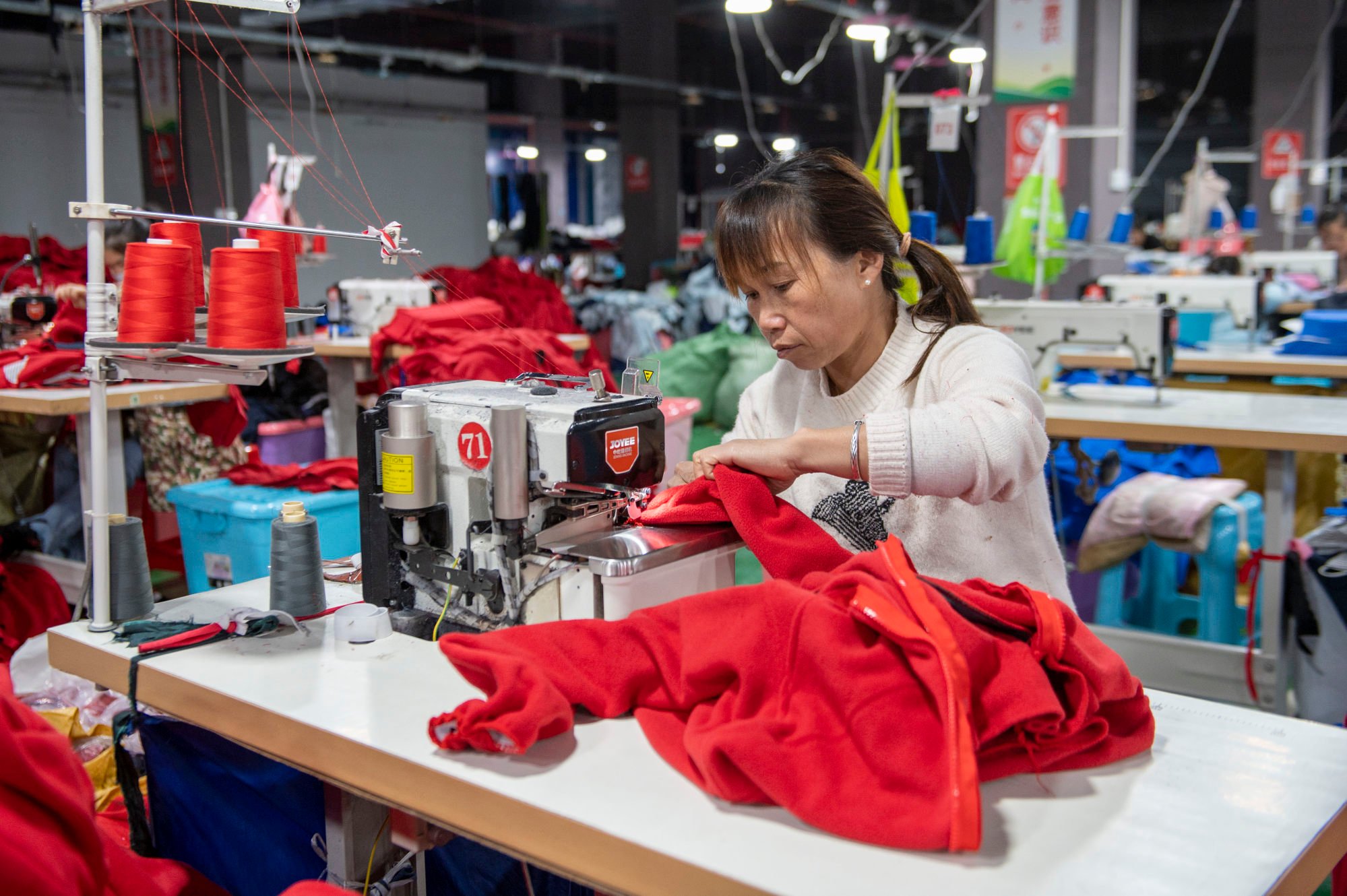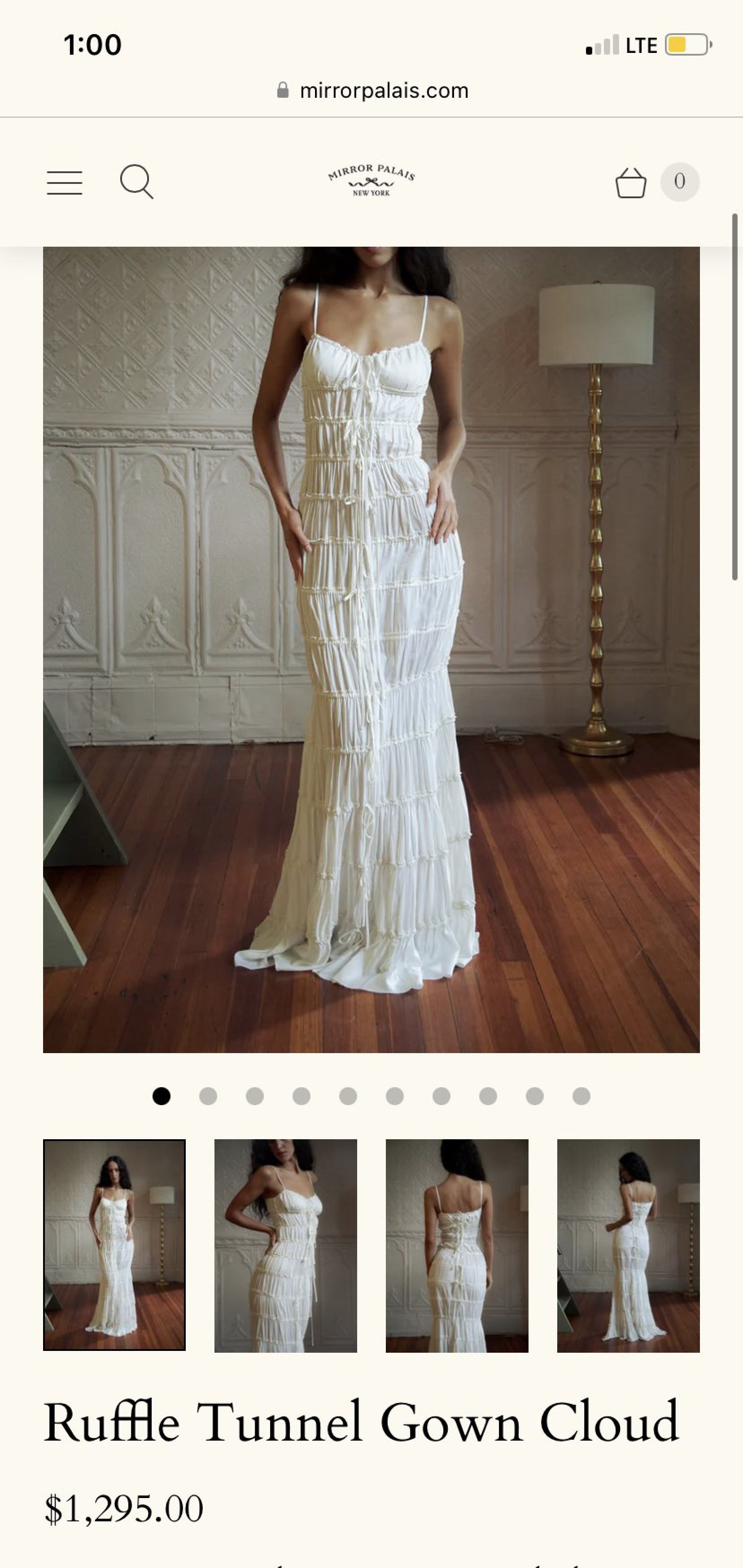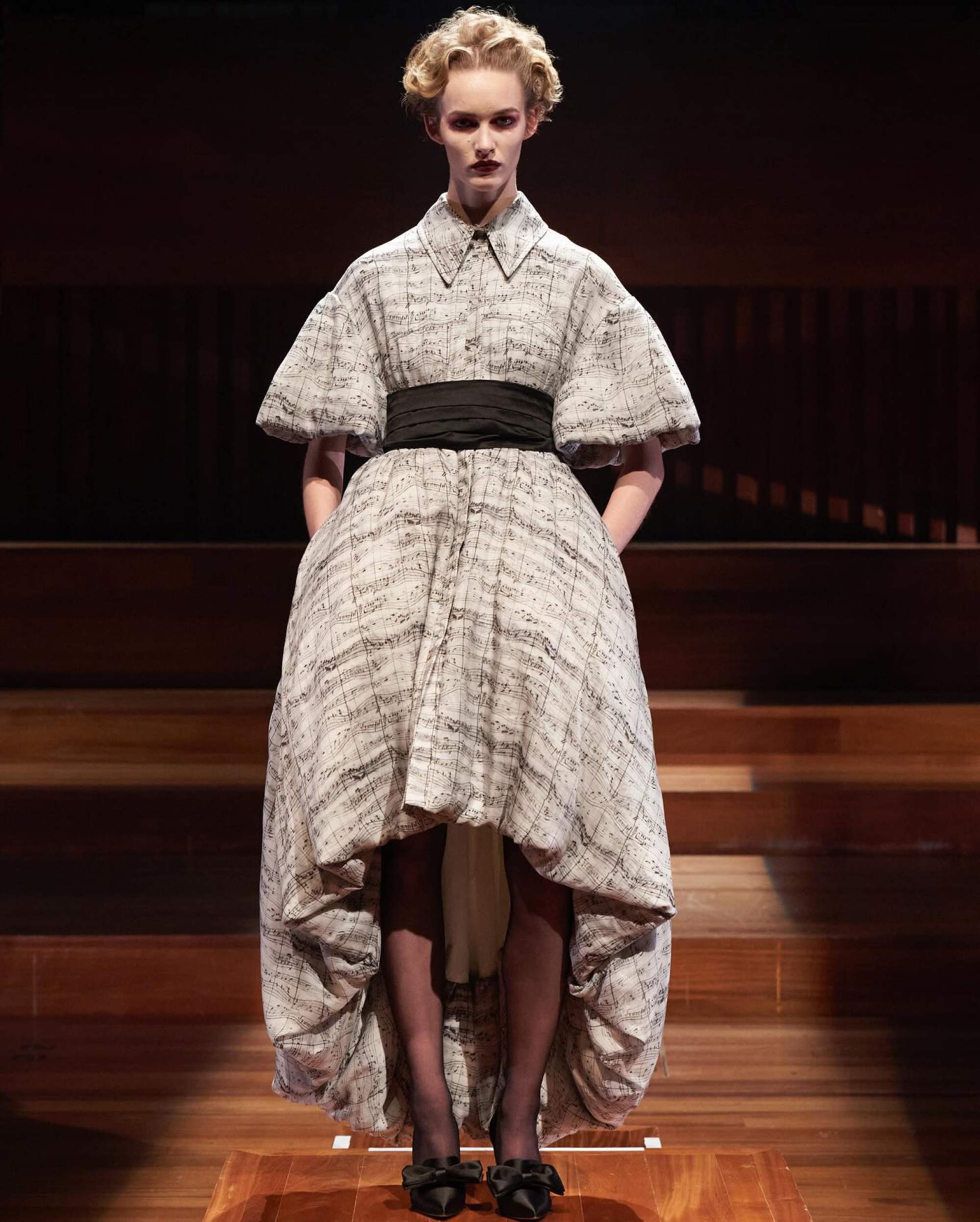Only 20 per cent of textiles are collected for reuse or recycling globally, and almost 60 per cent of all clothing material is actually plastic.

However, experts say naming and shaming those who own synthetic clothing is not the right course of action.
“It’s very naive to call someone out for owning clothes with plastic elements, as the fashion system is designed to use plastic within the supply chain, so there are few alternatives to buying these garments, especially at the budget end of the market,” says Tom Crisp, course leader for the master’s programme in sustainable fashion at Falmouth University in the UK.
‘The white man’s waste’: why fast fashion is burying African beaches
‘The white man’s waste’: why fast fashion is burying African beaches
Alison Lowe, a course leader for the MBA Fashion Entrepreneurship programme at the University of East London, echoes the sentiment.
An item of clothing can be made with multiple fabrics, making it hard to determine what is synthetic and what is natural.
“For example, whilst the body of the garment may be created using natural fibres, there could still be plastic within the linings, pockets, collars and cuffs,” Lowe says.

A growing number of influencers are encouraging their followers to inspect clothing labels before they buy and to avoid less durable blends and textiles.
The backlash against synthetic fabrics like polyester and rayon is primarily because of their negative environmental impacts, says Lowe.
6 changes to your laundry habits that can help reduce fashion pollution
6 changes to your laundry habits that can help reduce fashion pollution
Washing clothes containing synthetic fabrics, for example, “results in the release of microplastics into the environment including rivers, lakes and oceans, which poses a threat to marine life as well as entering the food chain”.
Creating synthetic fibres is an intense process that involves the extraction and processing of fossil fuels, which contributes to greenhouse gas emissions and environmental degradation, says Lowe, who adds that the processes used to make synthetic fabrics can have harmful effects on human health and the environment.

Synthetic fibres also pose societal risks, says Crisp – “especially for the Global South [a term used to refer to underdeveloped countries] through the destruction of local supply chains, creating a need for structured global financing, which destroys their economy through unfavourable debt repayment plans”.
What are the alternatives? Luxury womenswear designer Patrick McDowell’s Eurydice collection, which will be showcased during London Fashion Week this year, is created from all-natural materials – namely, Italian silks.
“We always try our best to create pieces that are natural because in the first instance, they feel better, and they are kinder to the planet,” McDowell says. “We always work to create pieces that feel amazing when worn, and for me a big part of that is maintaining natural fibres that allow your body to breathe.”
But practising sustainability is not as simple as rejecting whole material groups – it is crucial to consider where the garment is made and in what quantities, McDowell adds.
Banishing microplastics from our wardrobes is no easy task. Synthetic fabrics are deeply ingrained in our manufacturing systems thanks to their low prices, broad availability, durability and versatility.
As such, addressing the environmental concerns associated with synthetic fabrics will require a multifaceted approach, says Lowe, who lists innovation in materials, improvements in recycling and changes in consumer behaviour as key factors.

“The constant need to deliver higher profits ensures that the industry has a reliance on plastic, to produce as much as they can as cheaply as possible,” adds Crisp.
As shoppers, we should ask ourselves what we want to wear against our skin. As of now, virgin polyester – a by-product of oil – is the main fabric used in fashion, says McDowell, adding that brands bear a responsibility to consider using recycled or natural alternatives, and work towards creating monofibre garments that make recycling much easier.
McDowell creates pieces using materials designed to last for a lifetime and also offers complimentary refittings. However, these initiatives are often limited to higher-end brands, while budget and fast fashion players continue to churn out synthetics at a rapid pace.
Why viscose could help ensure a more sustainable future for fashion
Why viscose could help ensure a more sustainable future for fashion
While synthetic fibres are more affordable than natural, today’s consumers need to better understand where these fabrics come from and their environmental impact, Lowe says.
Still, that there is still ongoing debate means there is still hope for change.

